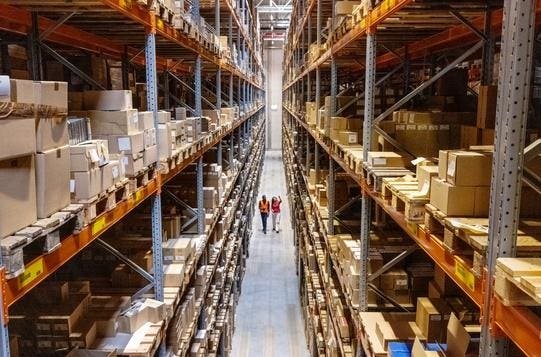Tom Wicky, CEO of MyFBAPrep, shares his expertise on managing Amazon FBA fees to optimize costs and increase profitability. Amazon’s FBA program provides sellers with a global fulfillment network, but understanding the fee structure is essential to lower expenses for your business. Key fees to monitor include storage fees, fulfillment fees, and additional fees for services like labeling and long-term storage.
Storage fees are billed monthly based on the volume of inventory held in Amazon’s fulfillment centers, with higher costs during the holiday season. To avoid unnecessary expenses, closely monitor inventory levels and conduct inventory clean-ups before the high-fee season. Fulfillment fees are charged per unit and depend on a product’s size and weight, with different tiers impacting costs. Making small adjustments to packaging or dimensions can lead to significant savings on fulfillment fees.
Amazon may also charge additional fees for services like labeling and long-term storage, with long-term storage fees for items kept in fulfillment centers for over 365 days. Stay up to date on Amazon’s fee updates to adjust your business strategy accordingly, taking advantage of enhancements to optimize costs. Amazon promotions and discounts on FBA fees can help save money and increase margins, especially beneficial for launching new products.
Regularly reevaluate your FBA strategy to adapt to the dynamic online market and changing fee structures. Analyze sales strategies, inventory management, and fulfillment processes to stay ahead of seasonal fluctuations and consumer preferences. Understanding Amazon’s fees and leveraging discounts can lead to cost savings and improved operational efficiency. Stay informed and stay ahead in the competitive e-commerce landscape.

